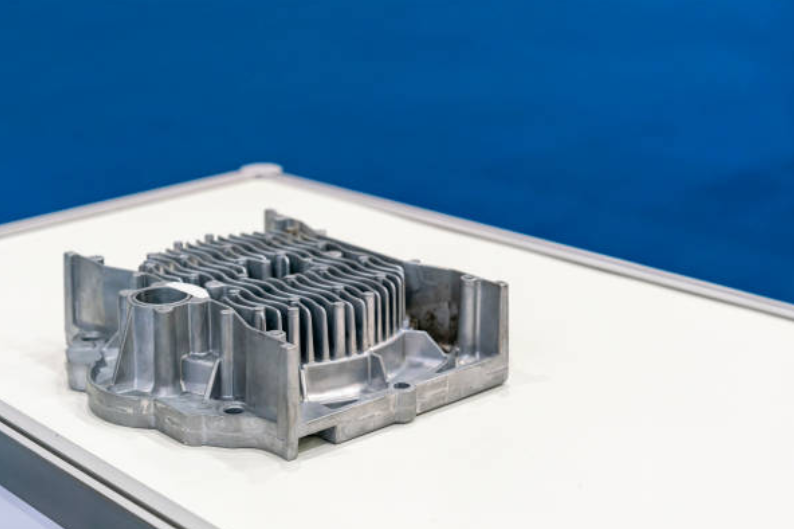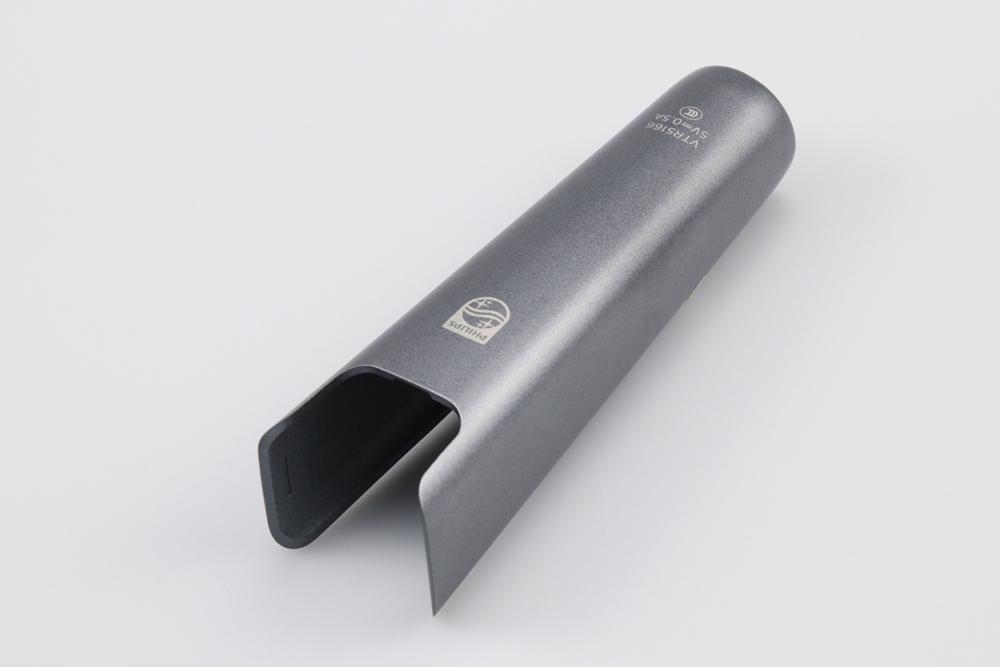How does technology improve Zamak die casting?
Introduction
In modern manufacturing, Zamak die casting has evolved from a conventional process into a precision-driven, high-efficiency production method. Through digital control, advanced tooling, and improved process monitoring, today’s engineers can achieve consistent dimensional accuracy and superior surface quality. At Neway, we continuously integrate new manufacturing technologies to elevate both productivity and performance in our zinc die casting services.
Advanced Manufacturing Processes
Modern aluminum and zinc die casting lines now use servo-controlled injection systems, real-time pressure feedback, and vacuum-assisted filling to minimize porosity. Automated casting cells enable precise cycle timing and stable thermal balance, ensuring better internal density for parts made from Zamak 3 and Zamak 5.
By adopting digital simulation before production, engineers predict mold flow and optimize gating design to prevent cold shuts or air entrapment. This approach is also widely used across our gravity casting and sand casting operations. Integration of robotic trimming and CNC machining prototyping further reduces human error and post-processing time.
For complex multi-component assemblies, insert integration is made possible through hybrid overmolding techniques, combining zinc with engineered plastics for functional or decorative applications. When design revisions are needed, rapid iteration via 3D printing prototyping accelerates tooling validation and improves the overall design-to-production cycle.
Surface Treatments Enhancing Performance
After casting, surface finishing technologies improve corrosion resistance and aesthetics. Protective coatings, such as chrome plating or black oxide coating, enhance both wear resistance and appearance. For components used in outdoor or humid environments, powder coating adds an extra layer of durability and uniform color finish.
These processes are complemented by advanced inspection and heat treatment, which stabilize microstructure and improve mechanical strength, ensuring the component performs well under demanding industrial conditions.
Material Innovation and Alloy Optimization
Material engineering plays a crucial role in improving casting quality. High-performance zinc alloys such as EZAC and ACuZinc5 deliver enhanced tensile strength, hardness, and creep resistance. In applications requiring hybrid performance, engineers may combine copper alloys for conductivity or magnesium alloys for lightweight solutions.
The trend toward precision alloy customization aligns with advances in metal injection molding (MIM), where similar zinc- and copper-based systems are optimized for micro-scale parts. These innovations expand Zamak’s applications into high-end consumer electronics and locking systems, where tight tolerances and visual appeal are critical.
Industry Applications and Benefits
Technological improvements in Zamak die casting have significantly benefited various industries. In automotive manufacturing, it enables the production of lightweight structural components with high dimensional repeatability. For consumer electronics, Zamak’s fine finish supports sleek designs and provides a tactile surface. Within lighting solutions, precision casting ensures an accurate fit for heat-dissipating housings and optical frames.
As production technologies continue to evolve, Zamak die casting will remain a vital process for delivering performance, aesthetics, and cost efficiency in mass production.



